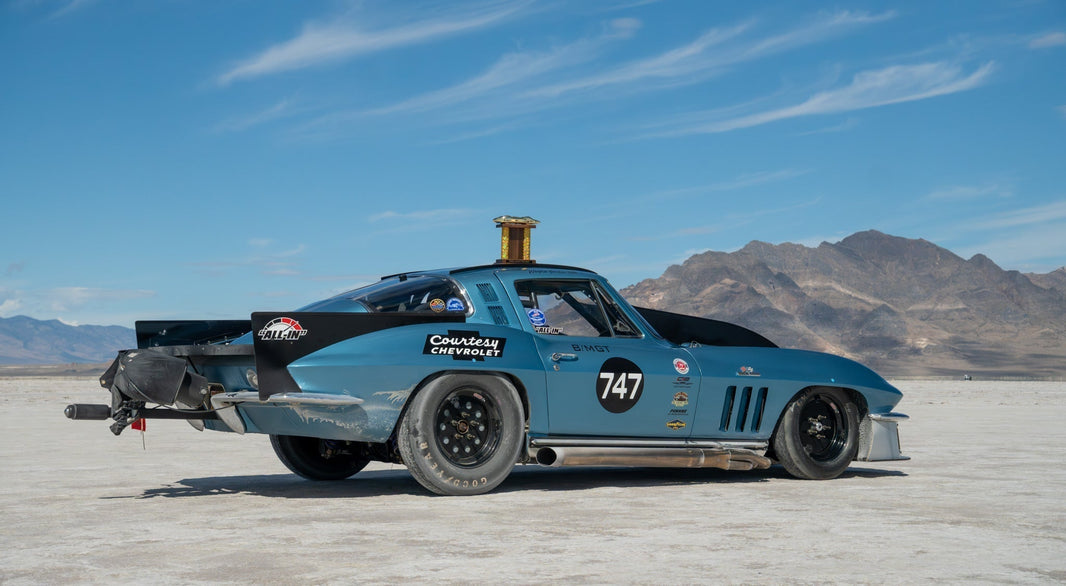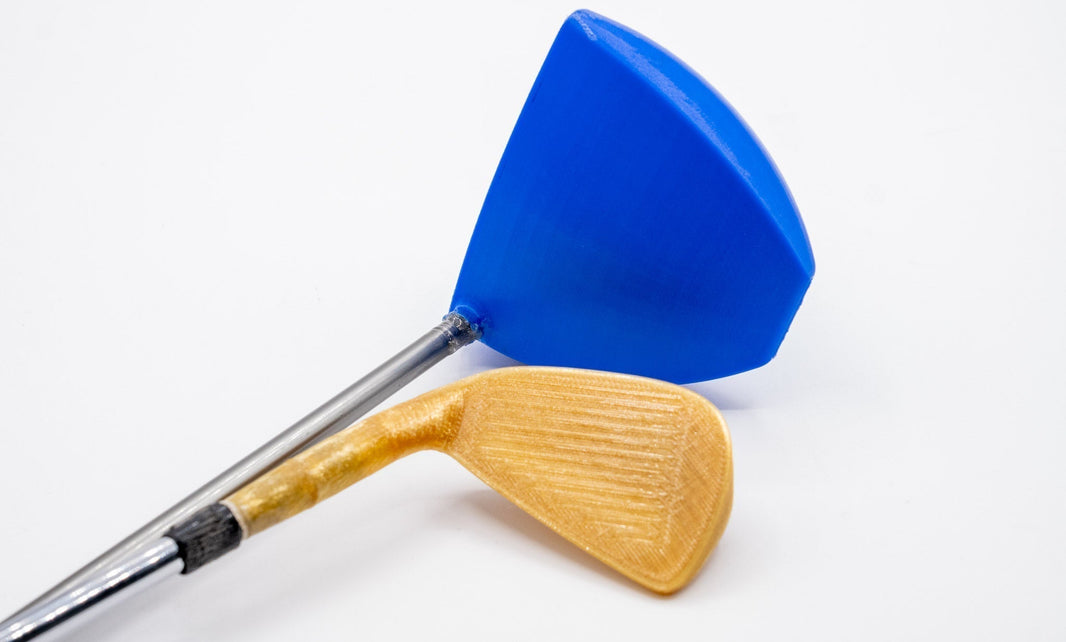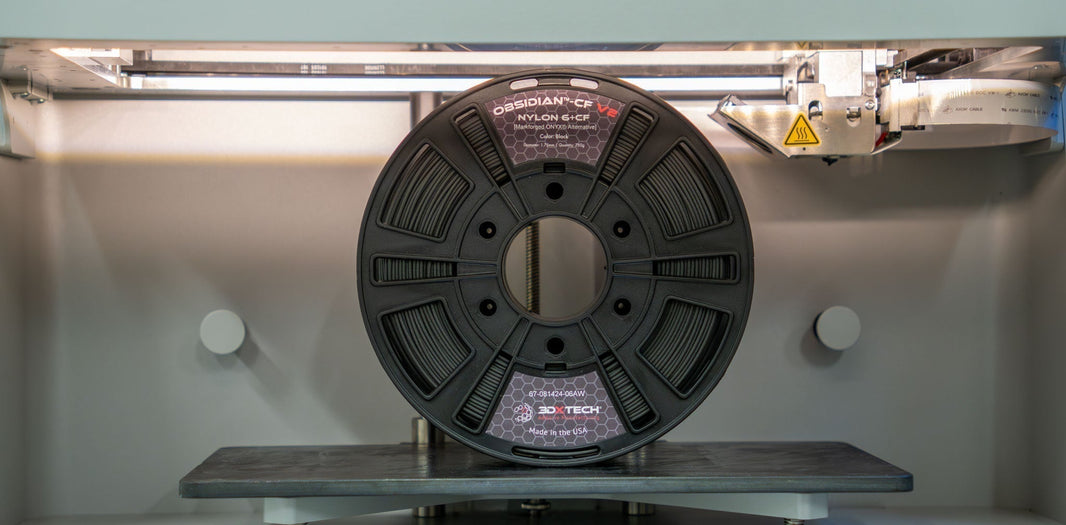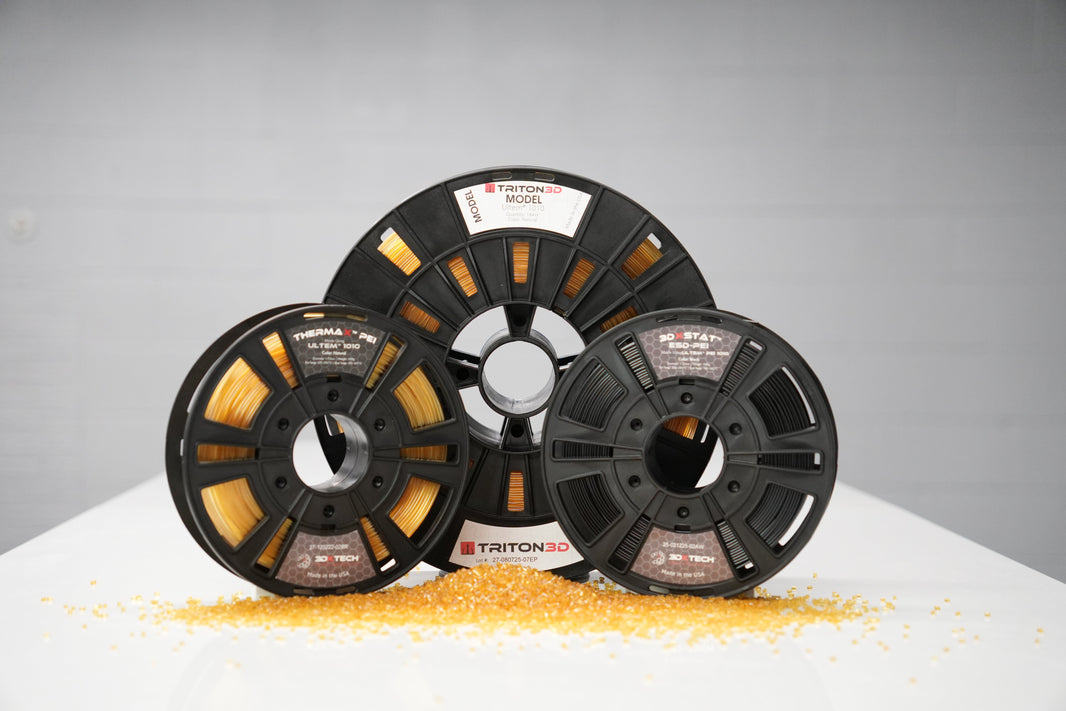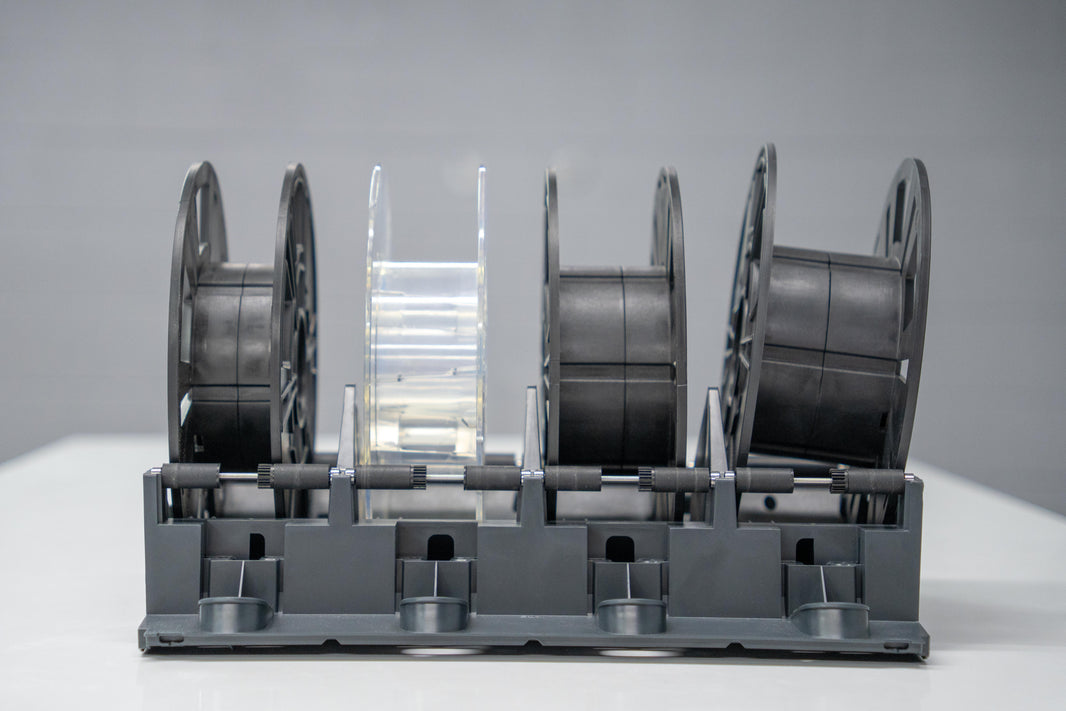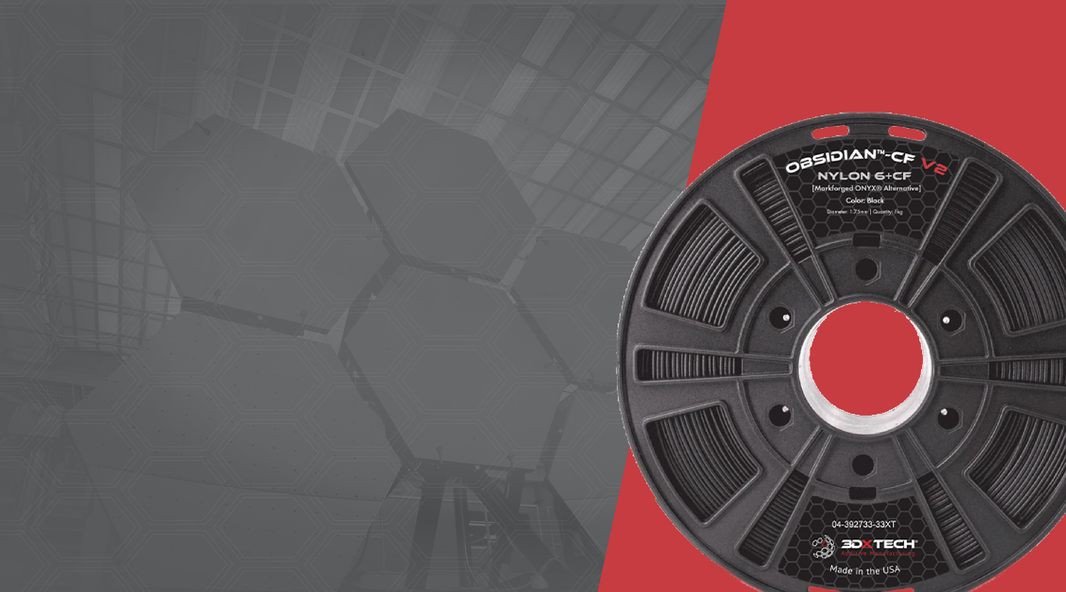Heat-Resistant 3D Printing Filaments for Automotive Applications
Why Heat Resistance Matters in Automotive 3D Printing
The automotive industry demands materials that can withstand high temperatures, mechanical stress, and chemical exposure. From engine components to under-the-hood brackets and interior parts exposed to sunlight, standard filaments like PLA or ABS often fall short. That’s where heat-resistant 3D printing filaments come into play.
High-performance polymers such as PEEK, PEKK, Ultem™ (PEI), and carbon fiber-reinforced filament have become essential for automotive 3D printing because they deliver:
- Thermal stability above 150°C
- Excellent mechanical strength and stiffness
- Resistance to fuels, oils, and automotive fluids
- Durability for long-term use in harsh environments
Top Heat-Resistant Filaments for Automotive Applications
1. PEEK (Polyether Ether Ketone)
- Glass Transition Temperature (Tg): ~143°C
- Continuous Use Temperature: Up to 250°C
Why Automotive Engineers Use It: Exceptional heat resistance, high strength-to-weight ratio, and chemical resistance to fuels and coolants.
Applications: Engine brackets, transmission components, lightweight structural parts.
2. PEKK (Polyether Ketone Ketone)
- Tg: ~160°C
Benefits Over PEEK: Better processability, smoother finishes, less warping.
Applications: Connectors, housings, and structural supports in high-heat areas.
3. Ultem™ (Polyetherimide, PEI)
- Tg: ~217°C
Key Strengths: Naturally flame-retardant, excellent electrical insulation, stable at high temps.
Applications: Electrical housings, heat shields, engine bay components.
4. Carbon Fiber-Reinforced Nylons & Blends
Why Automotive Engineers Use It: Increased stiffness, strength, and heat deflection temperature. Lighter than aluminum yet highly durable.
Applications: Custom tooling, brackets, clips, ducts, and functional prototypes.
Key Considerations for Printing Heat-Resistant Filaments
- High-Temperature Hardware: Nozzle 350–450°C, heated bed 120–160°C, heated chamber 70–150°C.
- Proper Storage and Drying: Prevent moisture absorption to maintain print quality.
- Post-Processing and Annealing: Increases crystallinity, improving heat resistance and strength.
Real-World Automotive Applications
- Engine Bay Brackets & Mounts: Lightweight PEEK or carbon-fiber nylon parts.
- Electrical Housings & Connectors: Ultem™ for heat resistance and flame-retardancy.
- Prototyping & Functional Testing: PEKK for testing before scaling to mass production.
- Custom Tooling & Jigs: Durable, heat-resistant tools for manufacturing lines.
Choosing the Right Heat-Resistant Filament
When selecting a filament for automotive use, consider:
- Temperature Requirements (engine bay vs. cabin)
- Mechanical Load (structural vs. cosmetic)
- Chemical Exposure (fuels, oils, solvents)
- Production Volume (prototyping vs. end-use parts)
Conclusion
The shift toward light-weighting, fuel efficiency, and high-performance design in the automotive industry has accelerated the adoption of heat-resistant 3D printing filaments. Materials like PEEK, PEKK, Ultem™, and carbon-fiber composites provide the thermal stability, mechanical strength, and chemical resistance needed for real-world automotive applications.
For engineers moving beyond prototypes into end-use automotive parts, these high-performance filaments enable innovation and reliability on the road.

